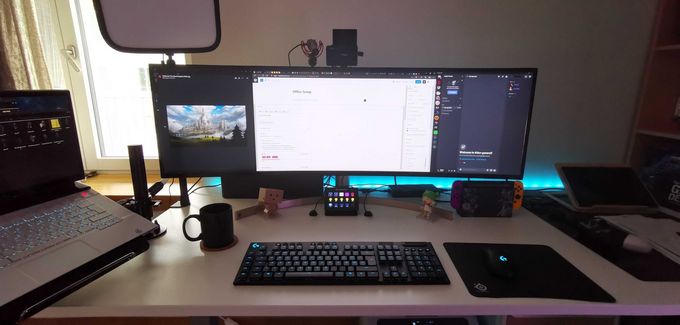
In the fast-paced world of gaming, where reflexes and quick decision-making are often key to success, the idea of slow movement may seem counterintuitive. However, many games are now incorporating slow movement mechanics to enhance player focus and strategic thinking. In this article, we will explore how slow movement can change the way players approach games and why it has become a popular design choice in modern gaming.
Slow movement mechanics can be found in a wide range of game genres, from action-adventure games to strategy games. In these games, players are given the option to move at a slower pace than usual, allowing them to carefully plan their next move and consider all their options before acting. This can be particularly useful in games that require stealth and precision, where one wrong move can result in failure.
One of the main ways that slow movement changes player focus is by encouraging players to pay closer attention to their surroundings. When moving slowly, players have more time to study the game environment, analyze enemy behavior, and strategize their next move. This heightened sense of awareness can be crucial in games where staying hidden or outsmarting opponents is key to success.
Slow movement also allows players to fully immerse themselves in the game world and appreciate its details. When moving quickly, players may miss out on the intricate design of a level or overlook hidden secrets and collectibles. By slowing down the pace, players can take the time to explore every nook and cranny, uncovering hidden treasures and gaining a deeper appreciation for the game world.

Furthermore, slow movement can also change the way players approach combat in games. In fast-paced combat scenarios, players may rely on quick reflexes and instinctual reactions to survive. However, when given the option to move slowly, players can adopt a more strategic approach to combat, carefully planning their attacks and choosing the most effective tactics to overcome their enemies. This can lead to a more satisfying and rewarding gameplay experience, as players feel a greater sense of accomplishment when they successfully outmaneuver their opponents through careful planning and precision.
In addition to enhancing player focus and strategic thinking, slow movement mechanics can also add depth and variety to gameplay. By incorporating different movement speeds, developers can create more dynamic and engaging gameplay experiences that challenge players to adapt to different playstyles and approaches. For example, in a stealth game, players may need to switch between fast and slow movement to navigate through a level undetected, adding a layer of complexity and strategic depth to the gameplay.
From a design perspective, slow movement mechanics can also be used to create tension and build suspense in games. By forcing players to move slowly in certain situations, developers can create a sense of anticipation and anxiety server vps, heightening the overall intensity of the game experience. This can make key moments in the game feel more impactful and memorable, leaving a lasting impression on players long after they have finished playing.
Overall, slow movement is a powerful tool that can significantly impact player focus and gameplay experience in modern games. By encouraging players to slow down, pay attention to detail, and think strategically, slow movement mechanics can enhance immersion, improve combat dynamics, and add depth and variety to gameplay. As game developers continue to experiment with new ways to incorporate slow movement into their designs, we can expect to see even more innovative and engaging gameplay experiences that challenge players to think differently and approach games in new and exciting ways.
